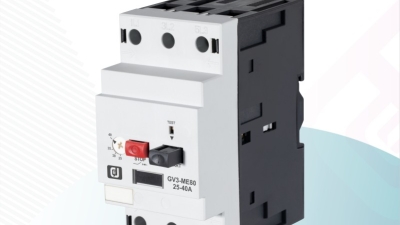Exploring Unique Alternatives to Single Pole Circuit Breakers for Your Electrical Needs
Table of Contents
- Understanding Single Pole Circuit Breakers: Common Issues and Limitations
- The Importance of Reliable Circuit Protection in Residential Settings
- Innovative Alternatives to Single Pole Circuit Breakers for Enhanced Efficiency
- Evaluating the Safety Features of Different Circuit Breaker Types
- Cost-Effectiveness: Comparing Alternatives to Single Pole Circuit Breakers
- How to Choose the Right Circuit Breaker for Your Unique Electrical Needs
- Exploring Market Trends: The Impact of Wholesale Price GV3-ME80 25-80A 690V 3-Pole Circuit Breakers on Low Voltage Motor Protection
- FAQS
- Conclusion
- Related Posts
Today, as the electrical world keeps changing so fast, those circuit protection devices – especially the Single Pole Circuit Breakers – are more important than ever for keeping homes and businesses safe and running smoothly. Did you know that the global market for circuit breakers is expected to hit around $32 billion by 2025? That really shows how much everyone’s looking for smarter, better alternatives to the old-school single pole models.
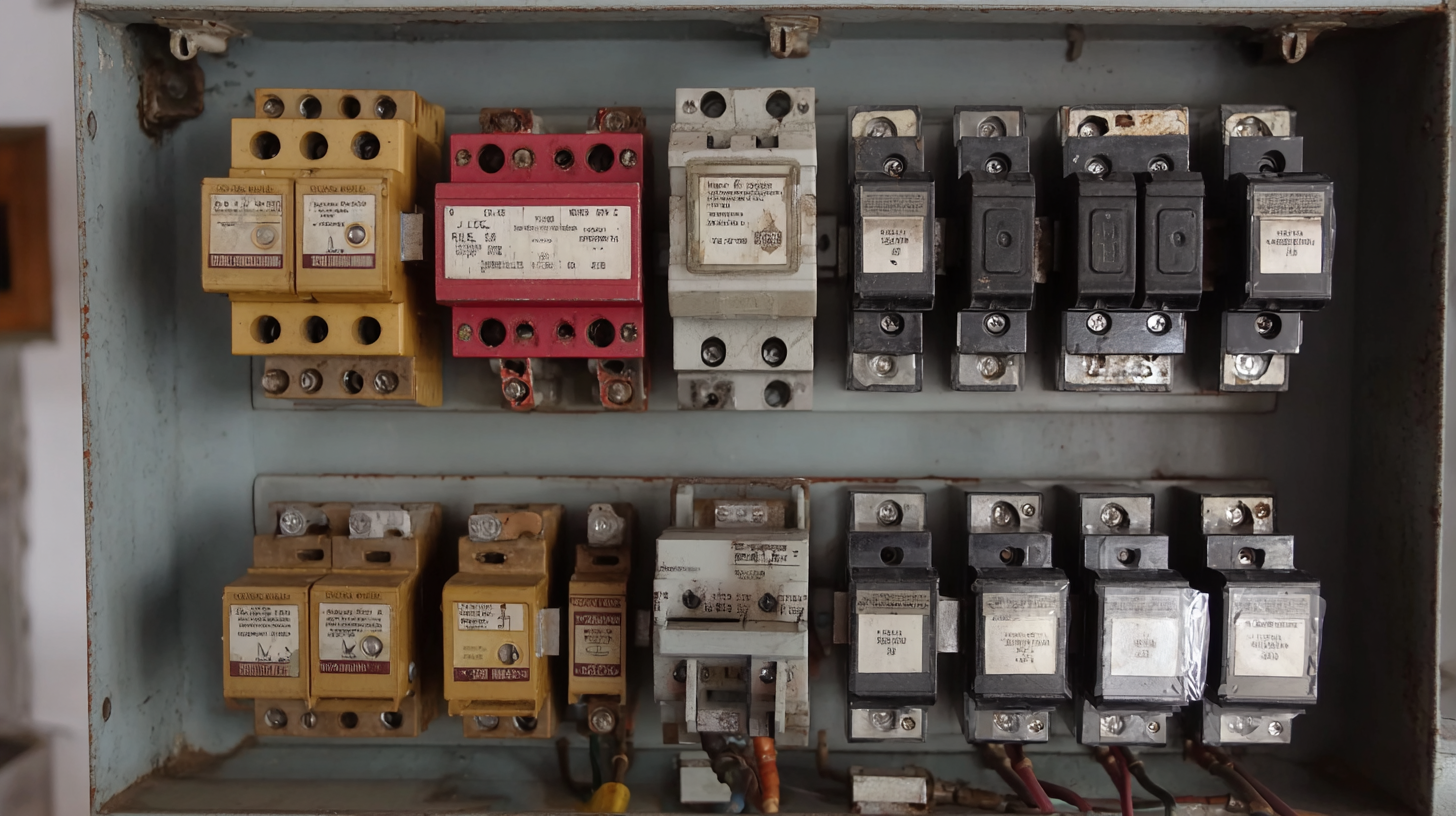
Zhejiang Cejia Electric Co., Ltd., with over 20 years of experience in the energy game, is right there in the thick of things, leading the charge with professional energy storage solutions that cater to all kinds of needs. As we chat about other options beyond the traditional Single Pole Circuit Breakers, it’s worth thinking about how new tech and design improvements can not only improve safety but also make our electrical systems more efficient and reliable — pretty exciting stuff, honestly.
Understanding Single Pole Circuit Breakers: Common Issues and Limitations
When you're looking into single pole circuit breakers for your home or business, it's pretty important to get a handle on their usual issues and limitations. These breakers are mainly there to protect individual circuits from overloads or short circuits—that’s the main gig. But here's the thing: they sometimes fall short, especially when you need something with more capacity or versatility. Most of these devices are rated for 15 or 20 amps, which, honestly, isn't always enough these days with all the gadgets and higher-power devices we're using. Because of their limits, single pole breakers can trip unnecessarily—like when loads fluctuate—which can be quite annoying and lead folks to start wondering about better solutions. So yeah, it’s worth exploring other options that might work better for modern electrical needs.
On a somewhat related note, thinking about property tax circuit breakers—those are praised for making housing more affordable—kind of mirrors what we’re dealing with in electrical systems. Just like those help keep fiscal overloads in check, proper circuit protection helps prevent electrical overloads that could be dangerous.
As we see more single-phase applications popping up, new challenges come along. Manufacturers now need to keep up with the demand for safer, more reliable electrical setups. Plus, with advancements in battery tech and inverter systems, having strong, reliable circuit protection isn’t just nice to have — it’s a must. These evolving times mean that understanding the limitations of current breakers helps both consumers and pros make smarter choices about their electrical setups, ensuring things stay safe and efficient in the long run.
The Importance of Reliable Circuit Protection in Residential Settings
Having reliable circuit protection in your home is super important if you want to keep things safe and running smoothly. Did you know that, according to the National Fire Protection Association (NFPA), electrical issues are actually the second biggest cause of house fires? They make up about 13% of all home fires these days. That really highlights how crucial it is to have good safety measures in place to prevent any electrical mishaps.
Now, most folks are familiar with single pole circuit breakers—they've been around forever in homes. But honestly, it can be worth looking into other options for even better safety. For example, dual-function circuit breakers do the job of regular breakers but also add ground fault protection, which is a pretty smart upgrade. The Electrical Safety Foundation International (ESFI) reports that GFCIs, or ground fault circuit interrupters, stop almost 80% of electrocutions in homes—that's a huge difference. As more homeowners realize the value of these kinds of tech, investing in advanced circuit protection really becomes a no-brainer if you want your space to be safer for everyone living there.
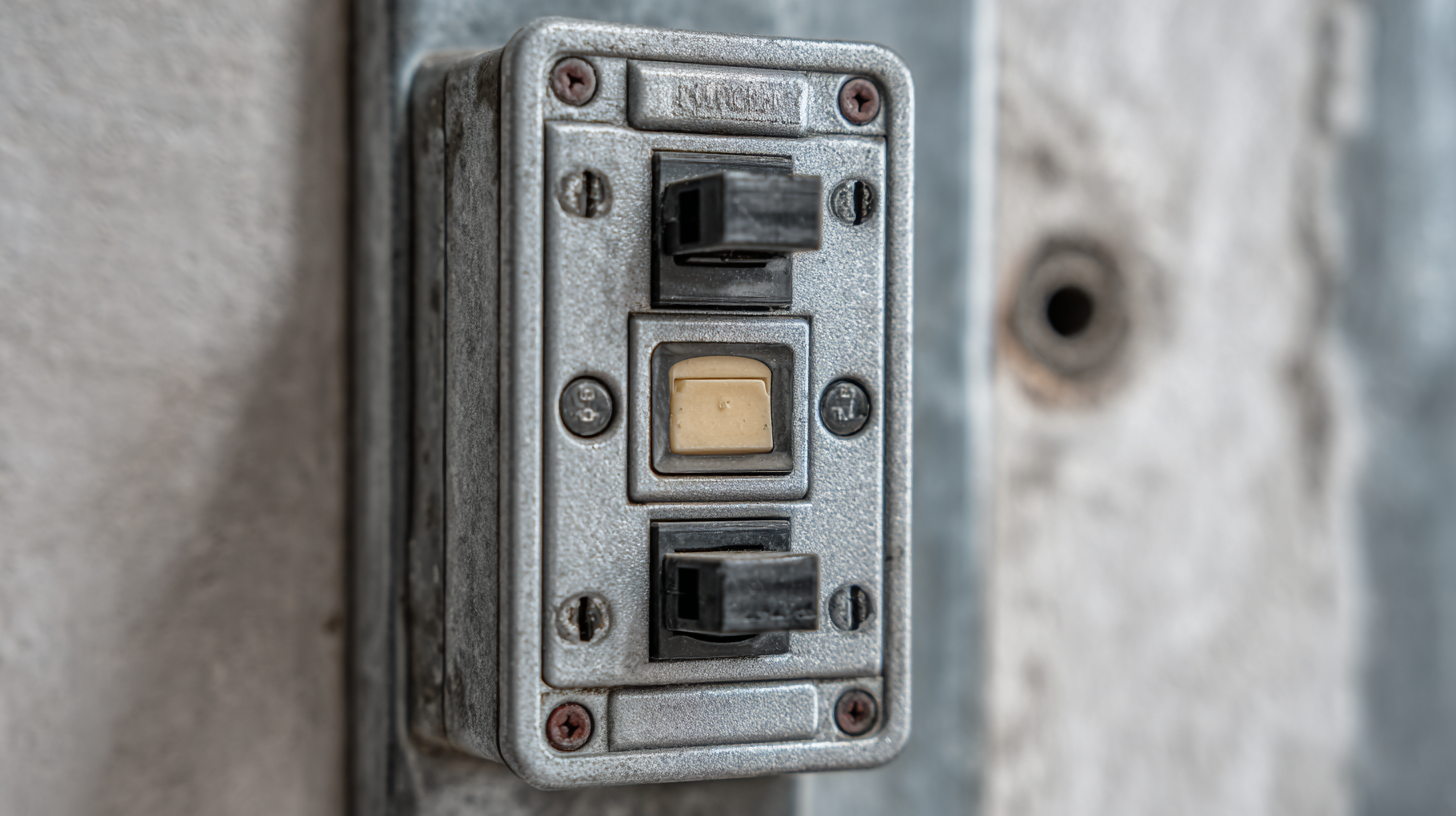
Innovative Alternatives to Single Pole Circuit Breakers for Enhanced Efficiency
So, as everyone’s really demanding better and more efficient electrical solutions these days, it’s pretty exciting to see how alternatives to those old single pole circuit breakers are starting to take off. One really interesting approach is the rise of microgrids — they’re actually transforming how we think about traditional energy distribution. Industry reports are showing that microgrids can boost reliability by up to 30%, mainly because of smarter protection schemes using advanced algorithms and artificial neural networks for dynamic control. These kinds of smart systems are game-changers, especially when it comes to managing power in both busy cities and more remote rural areas, where consistency truly matters.
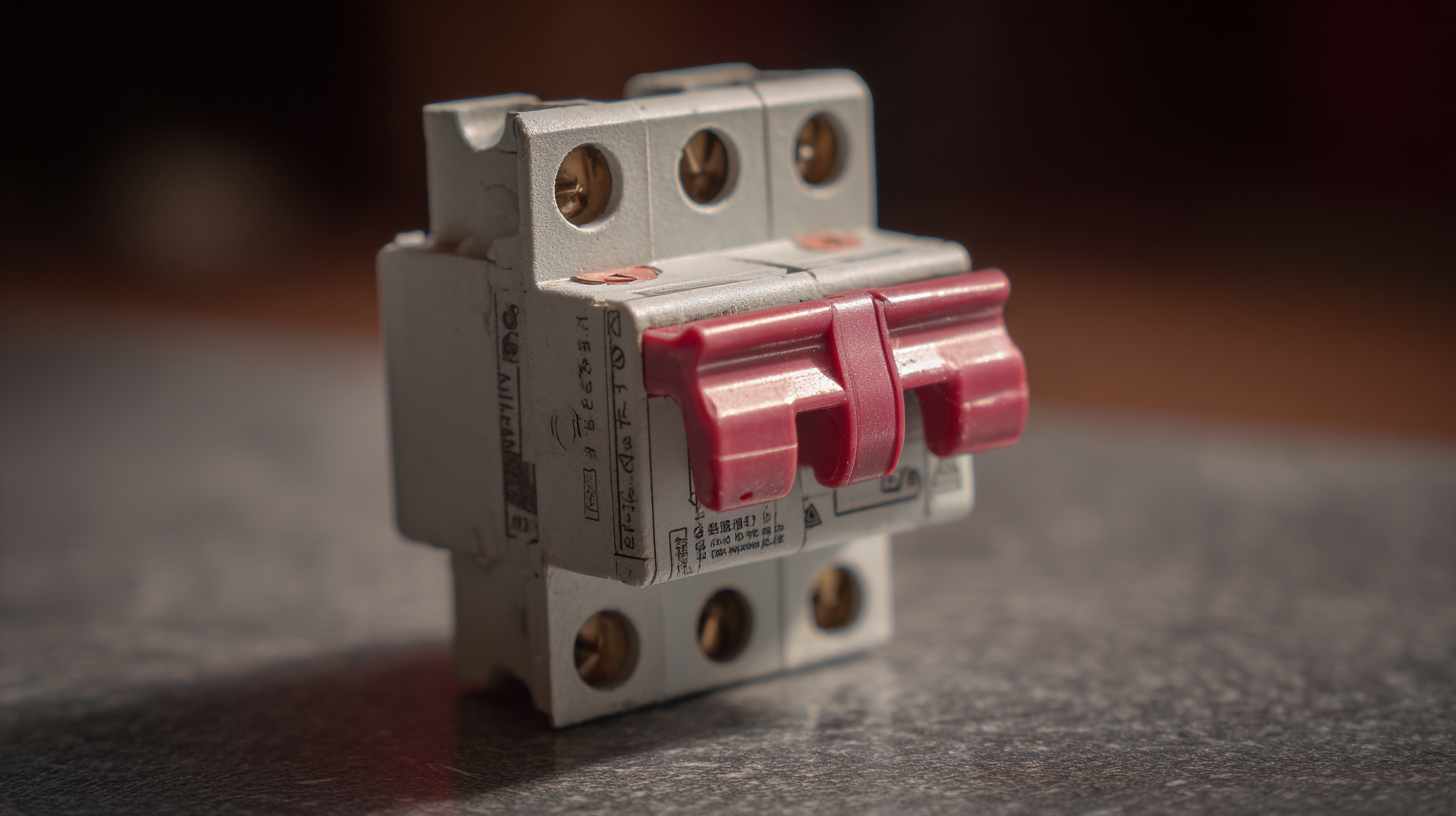
If you’ve been to any big industry events lately, you’ve probably noticed a big push toward newer, more efficient energy solutions. Leaders in the field are rolling out all sorts of automation products aimed at speeding up the move to cleaner, smarter energy. It’s part of a bigger trend toward sustainability, especially with countries like India setting pretty ambitious energy goals. Plus, these newer gadgets—like universal converters made for microgrid setups—really have a lot going for them. Experts are even talking about a massive shift towards a $5 trillion global smart grid market by 2030. Bottom line: pushing for innovative, efficient electrical solutions isn’t just interesting — it’s absolutely crucial in making this shift happen.
Evaluating the Safety Features of Different Circuit Breaker Types
When you're looking at options beyond single pole circuit breakers, it’s really important to think about safety features. Especially nowadays, when electrical systems are more complex and interact with newer tech, understanding how different breaker types keep things safe is a must. After all, circuit breakers are basically your first line of defense against electrical mishaps. Knowing what makes each type safe and reliable helps you pick the right one and ensures everything runs smoothly.
Lately, there’s been a lot of focus on safety assessments, especially with systems like battery energy storage (BESS). When dealing with lithium-ion batteries, taking a comprehensive approach to risk management — from start to finish — is super important. The same idea applies to circuit breakers: they need to be tested under all kinds of conditions to make sure they really keep risks in check. Think of it kind of like safety checks in nuclear plants — thorough and continuous monitoring is key to keeping everything safe.
Adding smarter safety features to circuit breakers can really make a difference in protecting against electrical faults. For example, some newer breakers have tech that can detect problems more quickly and isolate faults faster, which cuts down the chances of fires or equipment damage. Just like we perform safety reviews on batteries, giving circuit breakers the same kind of safety scrutiny helps ensure they’re up to the challenge of today’s demanding electrical systems.
Exploring Unique Alternatives to Single Pole Circuit Breakers for Your Electrical Needs - Evaluating the Safety Features of Different Circuit Breaker Types
| Circuit Breaker Type | Voltage Rating (V) | Current Rating (A) | Safety Features | Applications |
|---|---|---|---|---|
| Miniature Circuit Breaker (MCB) | 230 | 6-40 | Overload & Short Circuit Protection | Residential & Commercial |
| Residual-Current Circuit Breaker (RCCB) | 230/400 | Various | Earth Fault Protection | Wet Areas & Outdoor Use |
| Molded Case Circuit Breaker (MCCB) | 400 | 16-250 | Overload, Short Circuit & Earth Fault Protection | Industrial Applications |
| Air Circuit Breaker (ACB) | 400-800 | 100-4000 | Adjustable Trip Settings | Large Industrial Facilities |
| Smart Circuit Breaker | 230 | 10-50 | Remote Monitoring & Control | Home Automation |
Cost-Effectiveness: Comparing Alternatives to Single Pole Circuit Breakers
When you're thinking about alternatives to single pole circuit breakers, cost is usually a big deal for most folks—homeowners and electricians alike. Looking into options like double pole or multi-pole breakers can really save you some cash, especially if you’re dealing with bigger electrical setups. Not only do these options protect multiple circuits at once, but they can also cut down on installation costs because you need fewer breakers in your panel. It’s pretty handy!
Quick tip: before you decide to switch anything out, take a moment to carefully grade your electrical load needs. Doing a load calculation will help you figure out if you need a breaker with higher capacity or a different type altogether, which could save you money in the long run if upgrades are needed later on.
Another thing you might want to consider is using fuse boxes for certain situations. They’re not as common these days, but in some cases—especially in older homes—they can be a more cost-effective option. Plus, fuses are pretty simple and sometimes handle overloads better than breakers do.
Just a heads up—always check with a licensed electrician before making big changes. They can give you insights into what’s best for your specific setup and make sure everything complies with local codes. Better safe than sorry, right?
How to Choose the Right Circuit Breaker for Your Unique Electrical Needs
When you're choosing the right circuit breaker for your specific electrical setup, there are quite a few things to keep in mind. Lately, industry trends show that folks are looking for breakers that do more than just the standard single pole model. We're talking about dual-function breakers or even smart ones that can sync up with your home automation stuff—pretty neat, right? Knowing what kind of electrical load you're dealing with and what appliances you’re powering can really make a difference. For example, if you’ve got high-power equipment running, you might need a breaker with a higher amp rating to avoid overloads or trips.
**Tip 1:** Don’t forget to double-check the National Electrical Code (NEC). These rules are there to keep things safe and make sure your installation’s up to snuff.
Another thing to think about is where you’re installing the breaker. Outdoor spots or damp areas? Then, you'd want one that's built tough, weatherproof, and ready to handle the environment. It turns out that environmental factors cause about 30% of electrical failures, so picking the right type really matters.
**Tip 2:** Keep your system well-documented and properly labeled. It’s a lifesaver when it comes to troubleshooting later on or doing upgrades—trust me, it makes everything smoother and safer.
And don’t overlook how easy it is to access and reset the breaker. Those smart breakers with remote monitoring are pretty handy—they can help you keep an eye on your energy use and make sure your system stays reliable without breaking a sweat.
Exploring Market Trends: The Impact of Wholesale Price GV3-ME80 25-80A 690V 3-Pole Circuit Breakers on Low Voltage Motor Protection
Exploring the impact of wholesale prices on circuit breakers, particularly the GV3-ME80 25-80A 690V 3-Pole Circuit Breakers, reveals crucial insights into market trends affecting low voltage motor protection. As industries increasingly rely on efficient motor control and protection solutions, the demand for reliable circuit breakers has surged. The GV3 series stands out due to its robust features, including isolation protection, overload protection, temperature compensation, and phase break protection, catering specifically to three-phase cage asynchronous motors and distribution line protection.
The GV2 Series Motor Protection Circuit Breaker offers an exceptional alternative, functioning as both an isolation switch and thermal relay. With a compliance to international standards such as GB/T14048.2 and IEC60947-2, it ensures that businesses are investing in safe and efficient motor operation solutions. Its ability to handle AC voltages up to 690V and currents up to 80A makes it an attractive option for various applications, from direct motor control to infrequent load conversions. As market dynamics continue to evolve, understanding the implications of wholesale pricing on these essential components will be vital for manufacturers and consumers alike.
FAQS
: Single pole circuit breakers are used to protect individual circuits from overloads and short circuits in residential and commercial electrical systems.
They are usually rated for 15 or 20 amperes, which may be insufficient for modern electrical setups requiring higher capacity, leading to issues like nuisance tripping.
Reliable circuit protection is crucial as electrical failures are a leading cause of home fires, accounting for 13% of all residential fires, making robust protections necessary to mitigate hazards.
Dual function circuit breakers that combine traditional circuit breakers with ground fault protection are an example, significantly improving safety in residential spaces.
GFCIs prevent about 80% of electrocutions in residential areas, highlighting their importance in ensuring safe electrical environments.
Microgrids can enhance reliability by up to 30% through smarter protection schemes, making them beneficial for both urban and rural power distribution.
There is a growing demand for innovative alternatives to traditional circuit protection devices, particularly as the industry anticipates a significant shift towards a $5 trillion global smart grid market by 2030.
Advancements in battery systems and inverter technologies are creating a need for enhanced circuit protection to handle complex configurations without overloading or failure.
Nuisance tripping refers to the unwanted tripping of circuit breakers, often caused by variable loads that exceed the breaker's rated capacity, resulting in disruptions.
While traditional circuit breakers provide essential protection, modern technologies like microgrids and dual function breakers offer enhanced efficiency and safety features for evolving electrical demands.
Conclusion
In today’s world of home wiring and electrical setups, it’s pretty important for homeowners to really understand the limits of single pole circuit breakers. Basically, these breakers can’t handle multiple circuits at once, and they don’t offer much protection if things get overloaded. That’s why having reliable circuit protection is a big deal in residential homes. Luckily, there are some newer, smarter options out there that can give you better safety features and work more efficiently.
Zhejiang Cejia Electric Co., Ltd. has been in the game for over 20 years, and they know a thing or two about energy storage power solutions that match what’s trending in the market today. By taking a look at different kinds of circuit breakers — like multi-pole options or the latest tech — homeowners can find something that's both affordable and perfectly suited to their electrical needs. Whether you're upgrading your system or just starting fresh, choosing the right circuit protection is key to keeping your home safe and running smoothly.
Related Posts
-

Ultimate Guide to Choosing the Best Afdd Rcbo for Your Electrical Needs
-

How to Choose the Best Ac Portable Power Station for Your Outdoor Adventures
-
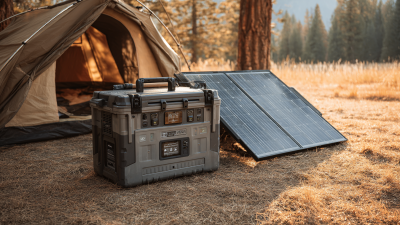
7 Best Portable Power Stations With Solar Panels: Unleashing 2000W of Clean Energy
-

Top 10 Manufacturers of Backup Battery Power Stations from China at the 137th Canton Fair
-

Choosing the Right DC Circuit Breaker Manufacturer and Comparing Key Industry Standards
-
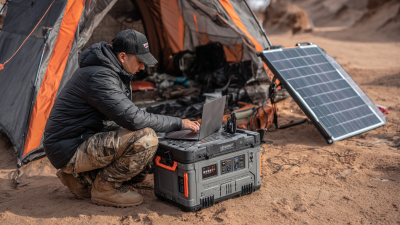
How to Choose the Best Portable Power Solar Generator for Your Outdoor Adventures


